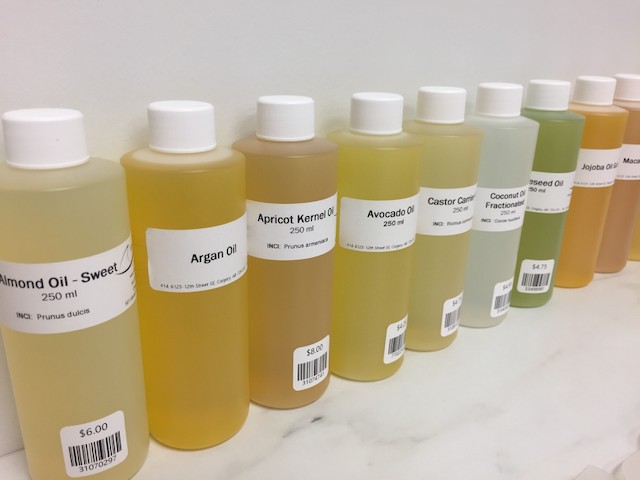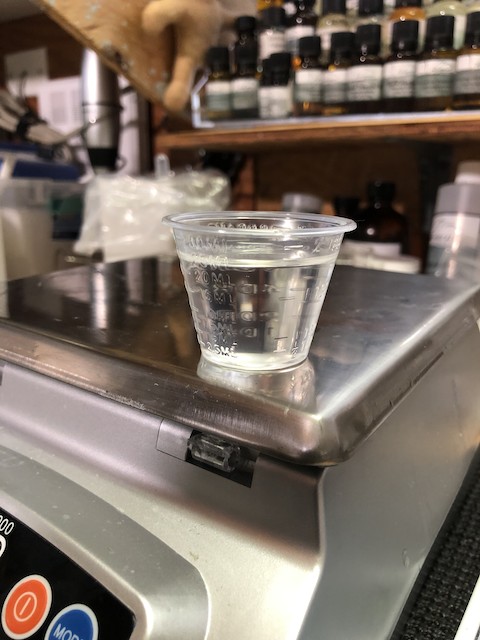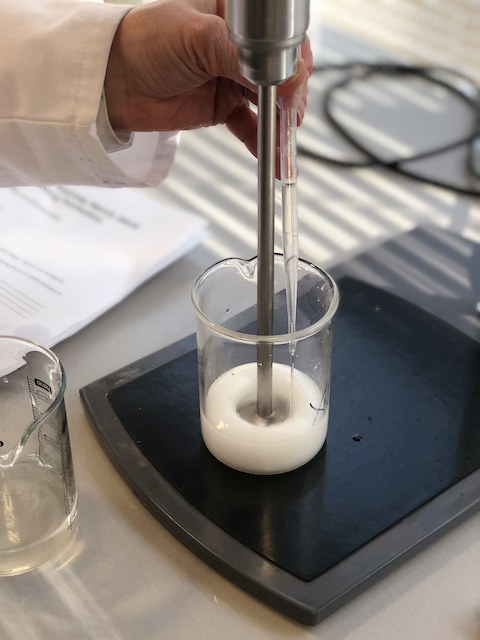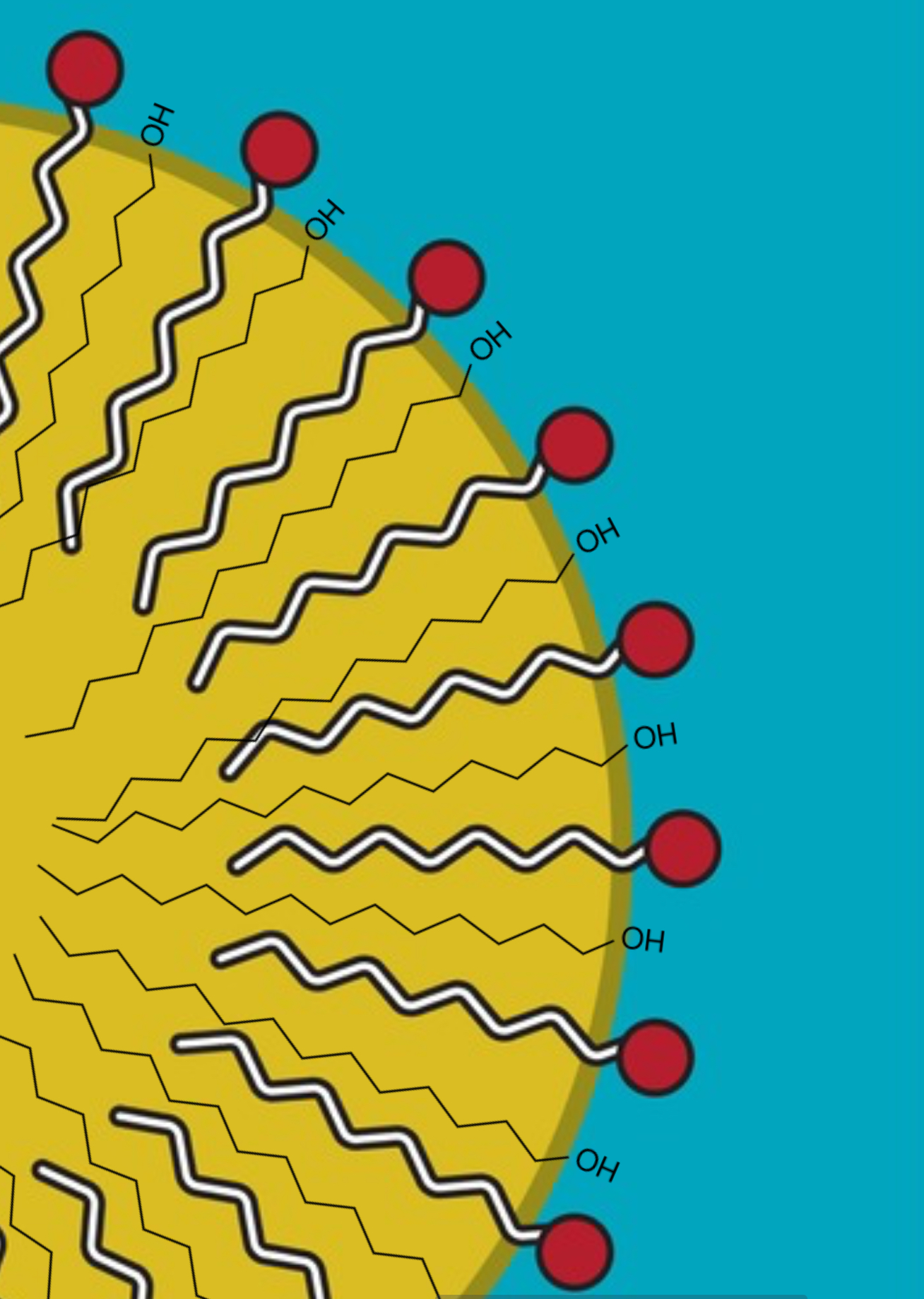Chemistry Thursday: Introduction to triglycerides, part 37 of the series
Welcome back to this introduction to cosmetic chemistry course! Let’s take a look at the rest of the esters we haven’t covered so far – some are emollients, some are emulsifiers, all are awesome! An important note about this series – it’s here for life. It isn’t going anywhere. If you want to take a...




